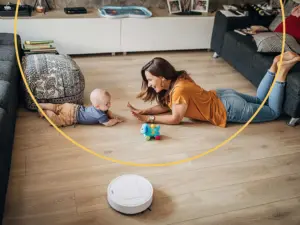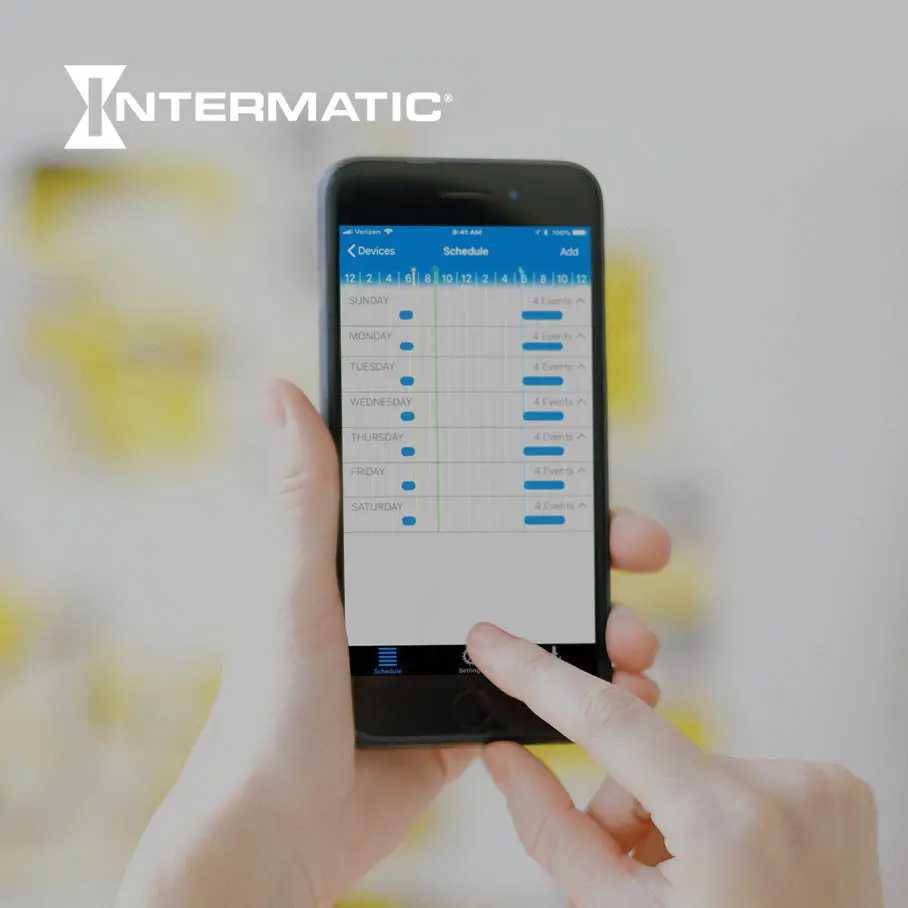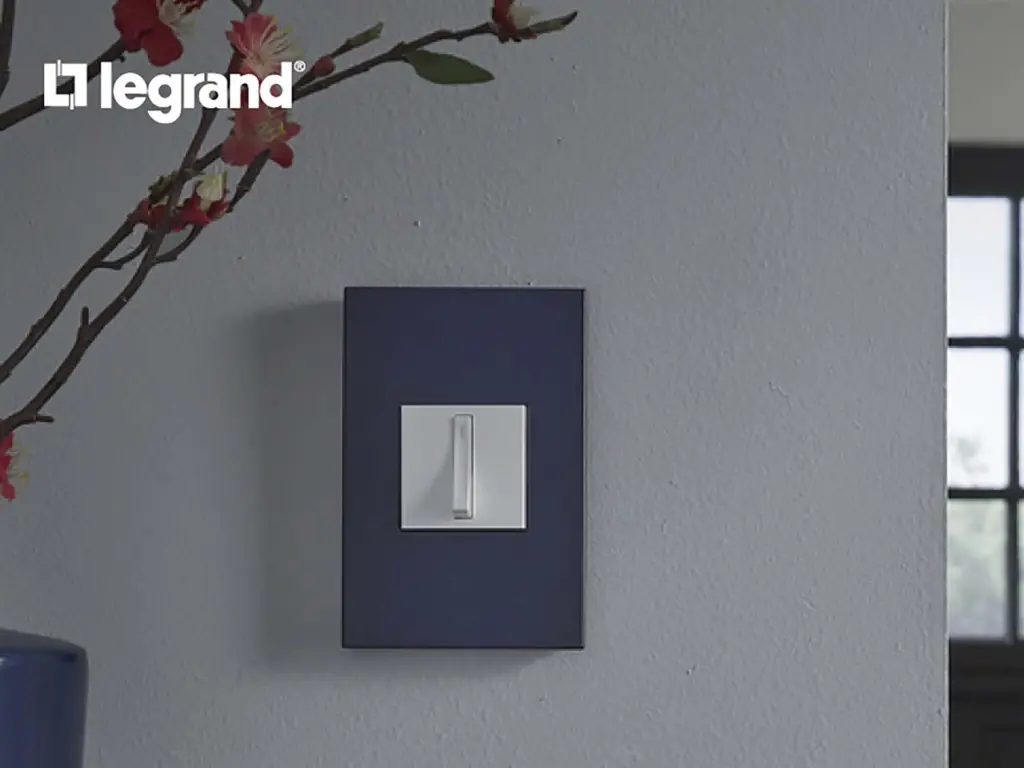Like most people, my smartphone is always with me. In fact, it is always within my line of sight. If I can’t see it, then that’s a problem. My smartphone is on my nightstand when I sleep; it’s the last thing I check before going to bed and my alarm clock to wake me up in the morning.
We are always connected to our phones and tablets and smart watches. We never want to miss a notification, an update, or a story. In fact, I can’t remember the last time I turned my phone off for a reason other than to restart it.
With constant access to my smart device, my purchasing habits have also changed. I don’t wait until Saturday afternoon to go to a big box store to buy a new TV. Instead, if an email with a great offer pops up in my inbox, I am willing to make a purchase anytime day or night for that new television. I shop online anywhere, at any time, through any one of my connected devices.
And I’m not the only one. This new level of connectivity has created an entirely new category of buyers defined as the “always-on consumer.” The “always-on consumer” is a consumer who is connected to three connected devices every day, goes online multiple times a day, and does so from multiple different locations, as initially defined by Forrester in this article. This consumer has grown to be 48 percent of the population, up from 25 percent in 2010, according to the Vivaldi Always-on Consumer 2014 study.
And if I am compelled to buy something online, I expect a fast load time and a seamless experience. Whether it’s 2 p.m. or 2 a.m., I expect connectivity, responsiveness, and prompt answers to questions as I shop around. In fact, I demand that from brands in order to be loyal.
Brands and manufacturers need to change the way they operate to meet the expectations of always-on consumers. In this article, we’ll look at the conscious and unconscious behaviors associated with purchasing and using smart technology, the importance of creating an outstanding consumer experience, and how businesses can learn fast.
Conscious and Unconscious Consumer Behaviors Drive Business Insights
Individuals make a conscious decision to be on Facebook or Twitter, use an app, or buy a connected product. It is a conscious decision to be connected. Once users connect their smart device, data is being generated and collected, often behind the scenes. At this point in a user’s experience, their interactions become more unconscious. They aren’t considering data collection, privacy, and other issues every minute of every day. They’re just using a product or service.

Building a Smart Device? You Need to Make the Shift From Products to Platforms
With information gained about consumers during these conscious and unconscious interactions, businesses can build stories and insights that will guide critical business outcomes. That starts with an understanding of the typical (or ideal) user’s journey. And in order to meet the demands of the always-on consumer, businesses need to understand that particular demographic’s journey from the start.
A journey map is a great way to visualize a smart product’s user experience to identify where users are getting the most value. Creating a visual story about how consumers learn about, purchase, and interact with a product can help you understand friction points and natural behaviors over time that contribute to conscious and unconscious activity.
A journey map also enables manufacturers to monitor an individual’s experience with devices, sensors infrastructure and analytics and respond in meaningful ways. For example, a user’s engagement with a device looks different at the initial point of purchase than it does three months later. If awareness and engagement levels decrease, the user could receive a notification in the app to check in and talk about how their experience is going. This notification could move their interaction from an unconscious to conscious behavior and prompt re-engagement.
Consumers Are Looking for Meaningful Experiences From Brands
Consumerism began to pick up speed in the 1940s and 50s through the end of the century. Mad Men era brands could get away with crafting a story to sell product. Stories built loyalties as did nostalgia or familiarity to the brand. If your father always used Old Spice cologne, for example, then you might be more inclined to use Old Spice. If your mom and dad always drove a Buick, you might have a loyalty to Buick. Today this does not hold up; the experience of the product is the story. It informs the brand and in turn drives customer adoption. “What story are we telling and what story are people connecting with?” asks Andy Van Solkema, Vervint’s VP of Digital Strategy and Experience. “Technology has opened up so many opportunities for companies to connect with their customers, but often the ways they have always done business are the biggest barriers they face. The realization that what got us here is not what can take us forward is a hard thing to realize and accept for any business. But those that want to remain relevant will.”

Can Your Smart Product Address (and Overcome) Human Behavior?
Over the past couple decades, there has been a shift from brand loyalty to a preference for experiences. Rather than buying into a brand, consumers are willing to change brands at any time if they discover a better experience. In fact, 76 percent of users will switch brands to find an experience that meets their expectations. Businesses can’t rely solely on their brand and stories to drive new growth; they have to provide an unbeatable experience. Startups, innovative competitors, changing markets, and many other factors pose a threat to every industry, especially to established companies.
Even something as simple as how many clicks it takes to purchase an item can drastically alter the experience customers have. Today, consumers have choices. Company brands don’t mean as much as the quality of experience. As companies produce products, they have to not only consider the value proposition of the product, but also the additional value that enhances the experience and additional service offerings that fit my life. We no longer let products shift our lifestyles and prefer when they fit me. Have you ever bought a product to find three months later you don’t use it? On the other hand ever buy a product that enhances your life and you could not live without? This is the new brand loyalty.
Businesses Need to Learn Fast and Adapt Quickly
The always-on consumer desires experiences that meet—and exceed—their expectations. This consumer is also constantly evolving based on their changing identity, what they belong to, and what they are involved in. Yet, we still have businesses asking, “How do I make more products?”
To truly thrive in a market filled with increasing numbers of always-on consumers, put awareness of the customer at the center of the process.
Manufacturers have to be experience oriented and technically able.

The Tech Hype Is Real — And So Is the Tech Fatigue
How do businesses set themselves up to learn fast and incorporate change? A thorough understanding of consumers is key. Digital native companies do this by leveraging insights, and Vervint offers an array of design, research and data analytics capabilities to help develop and inform your business strategy. Contact Vervint today to explore how you can meet the demands always-on consumers!


